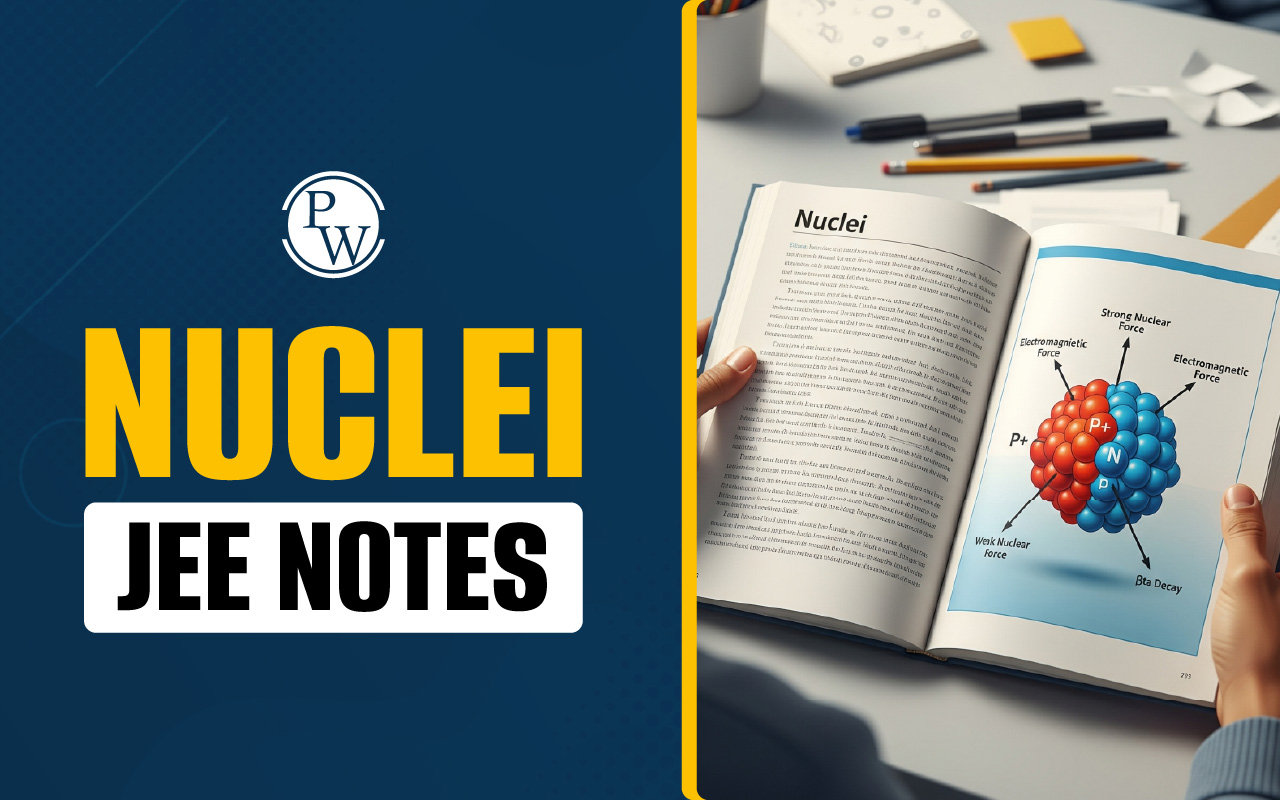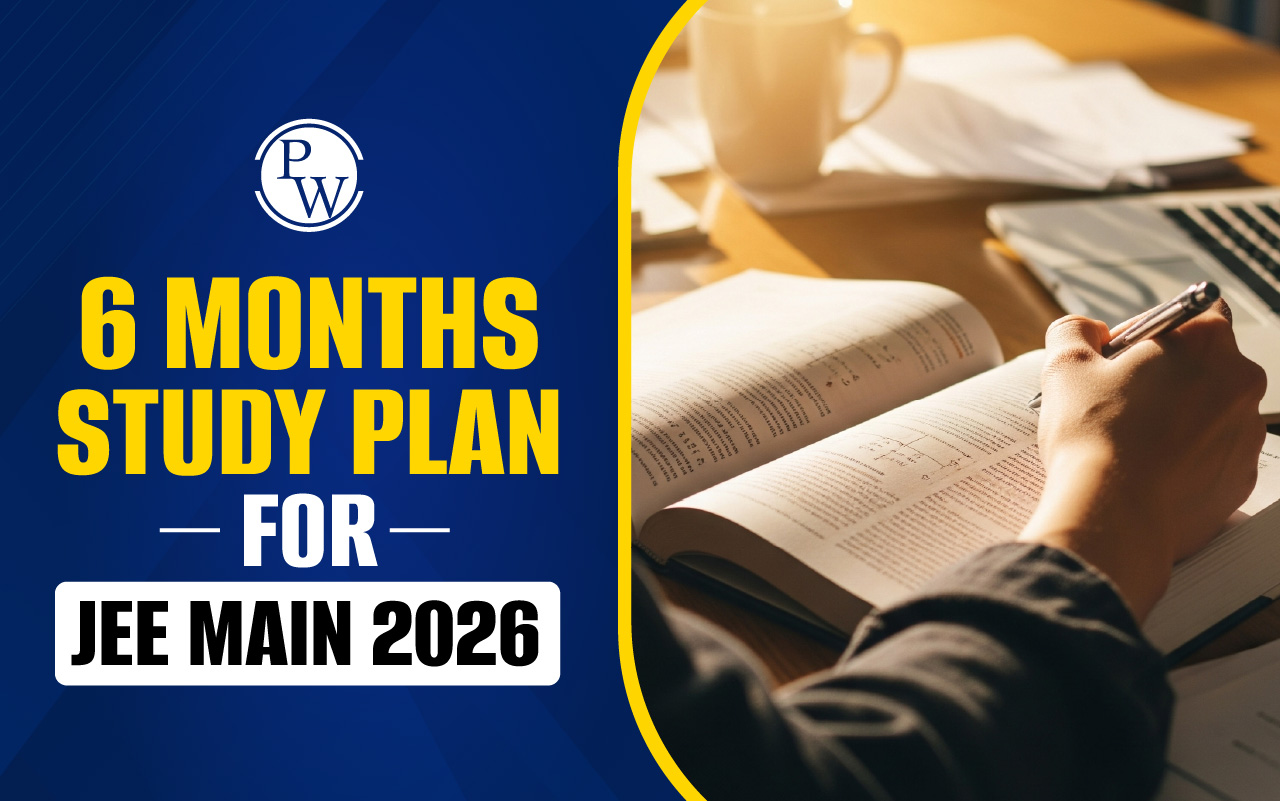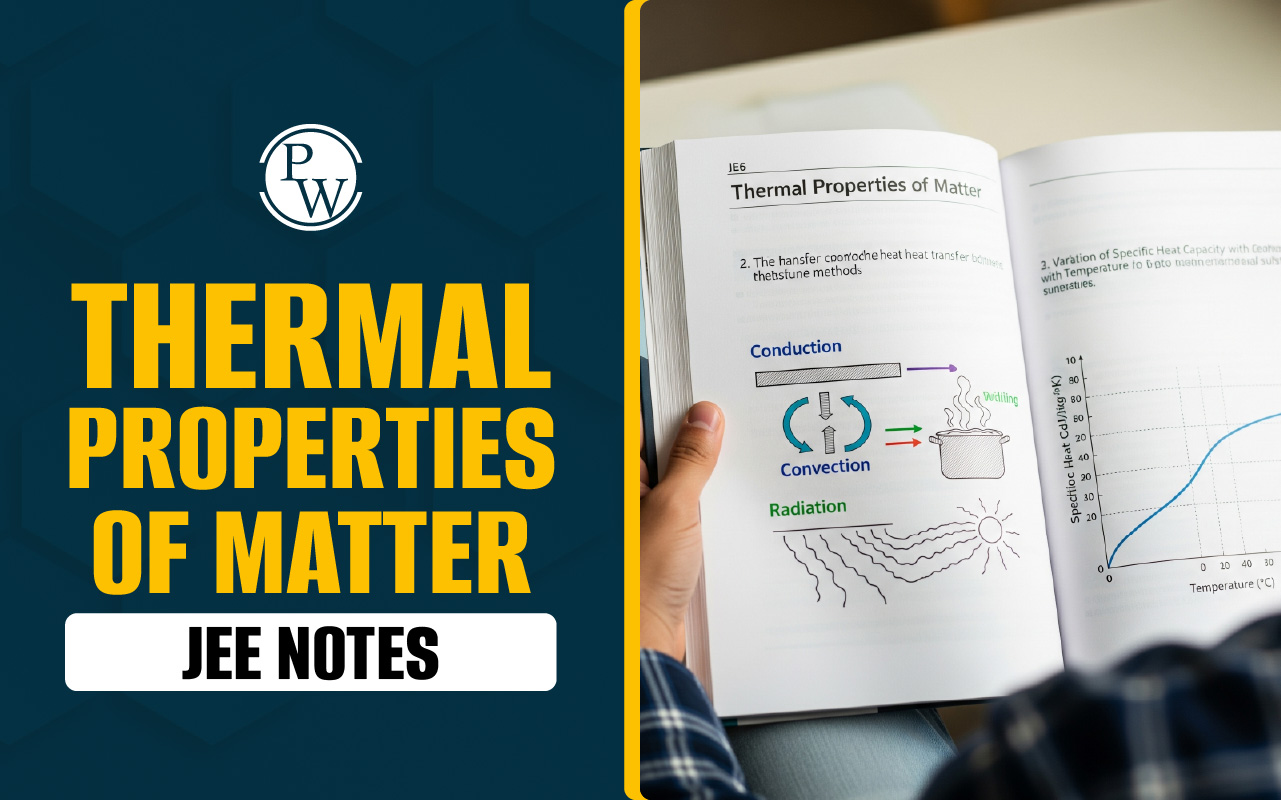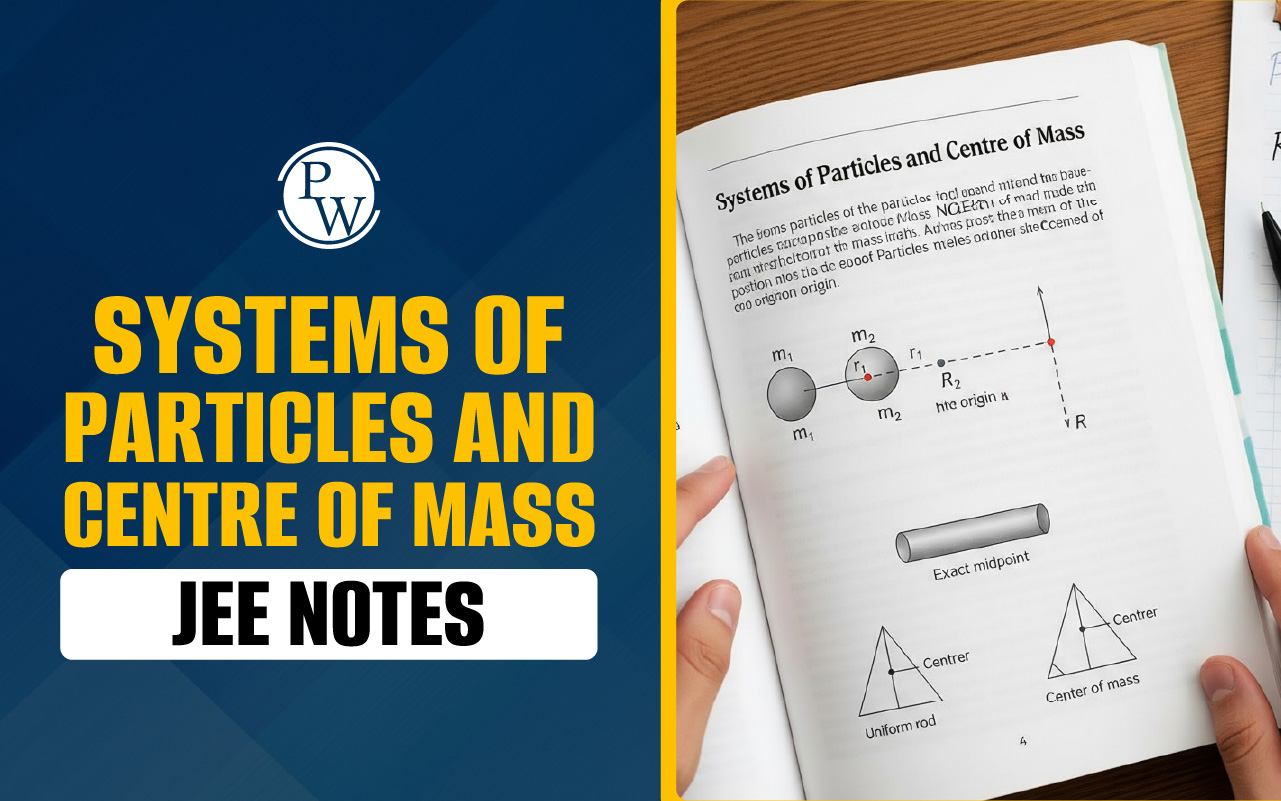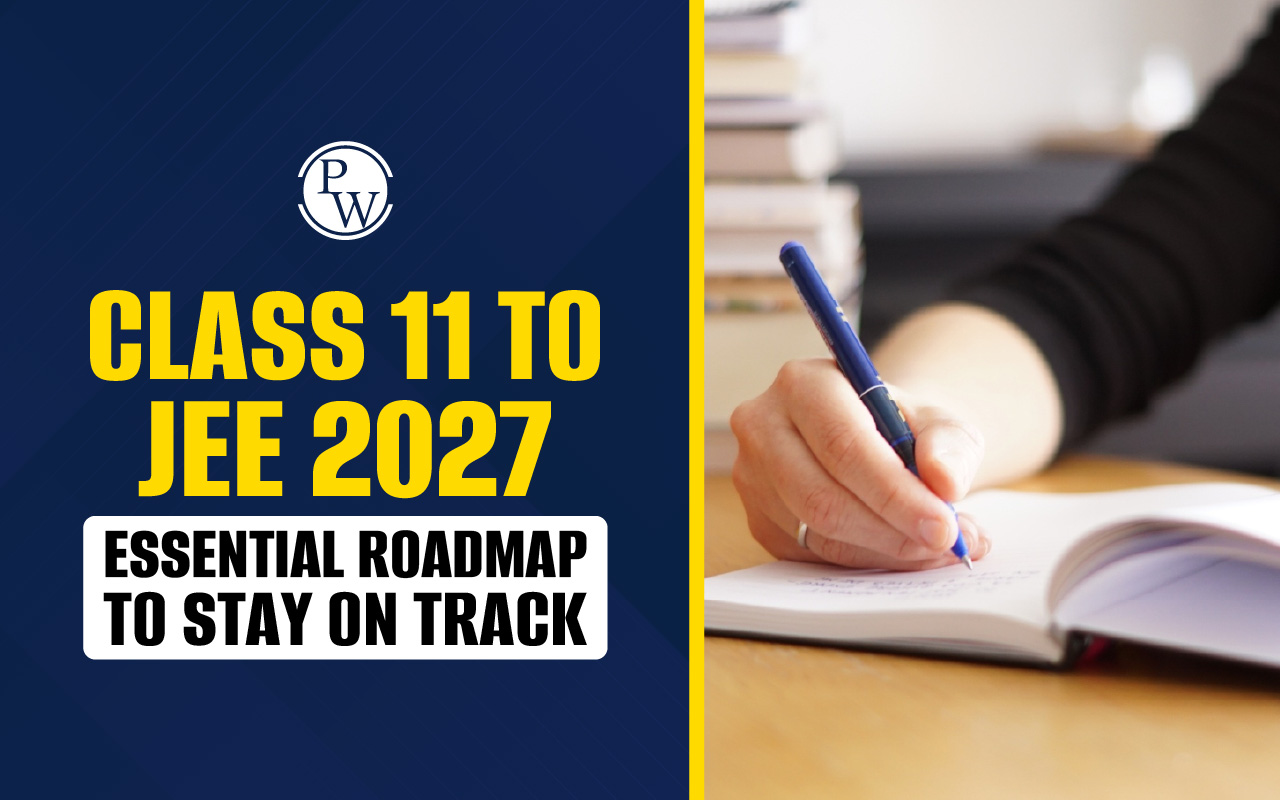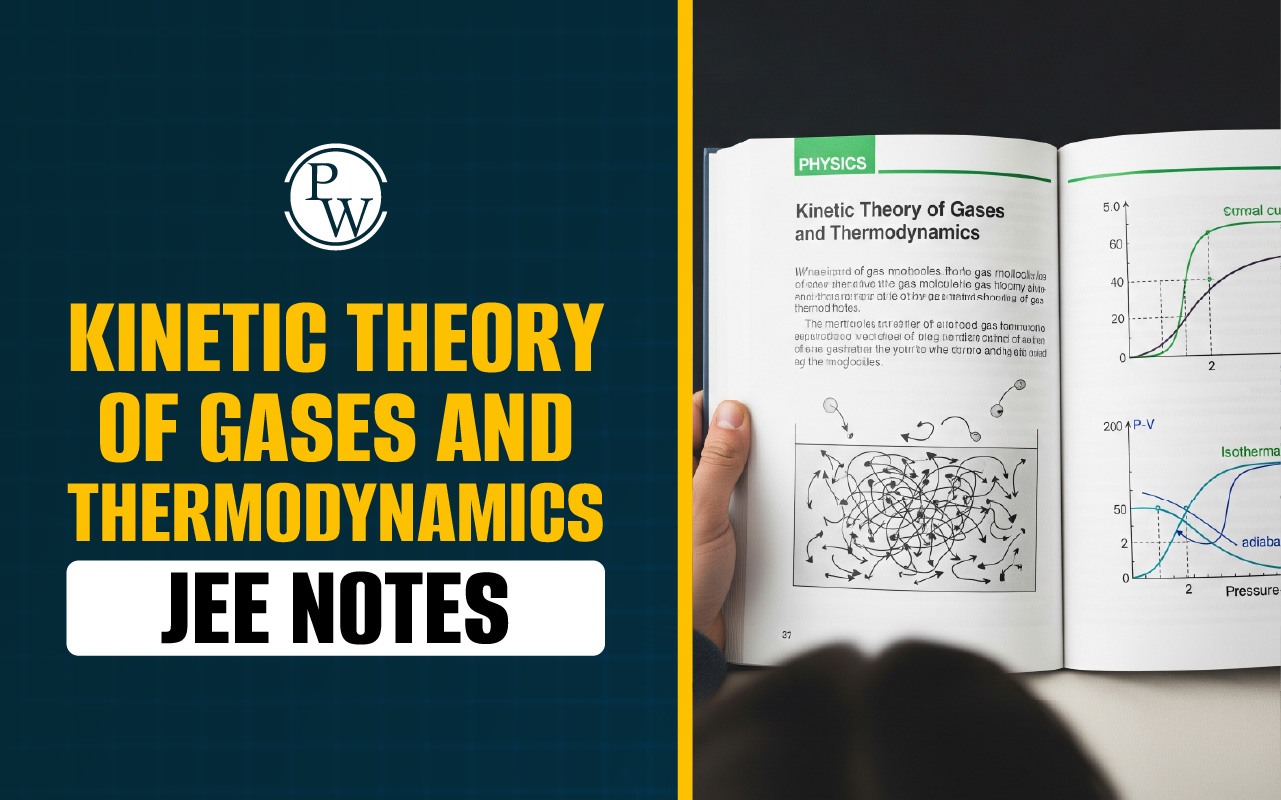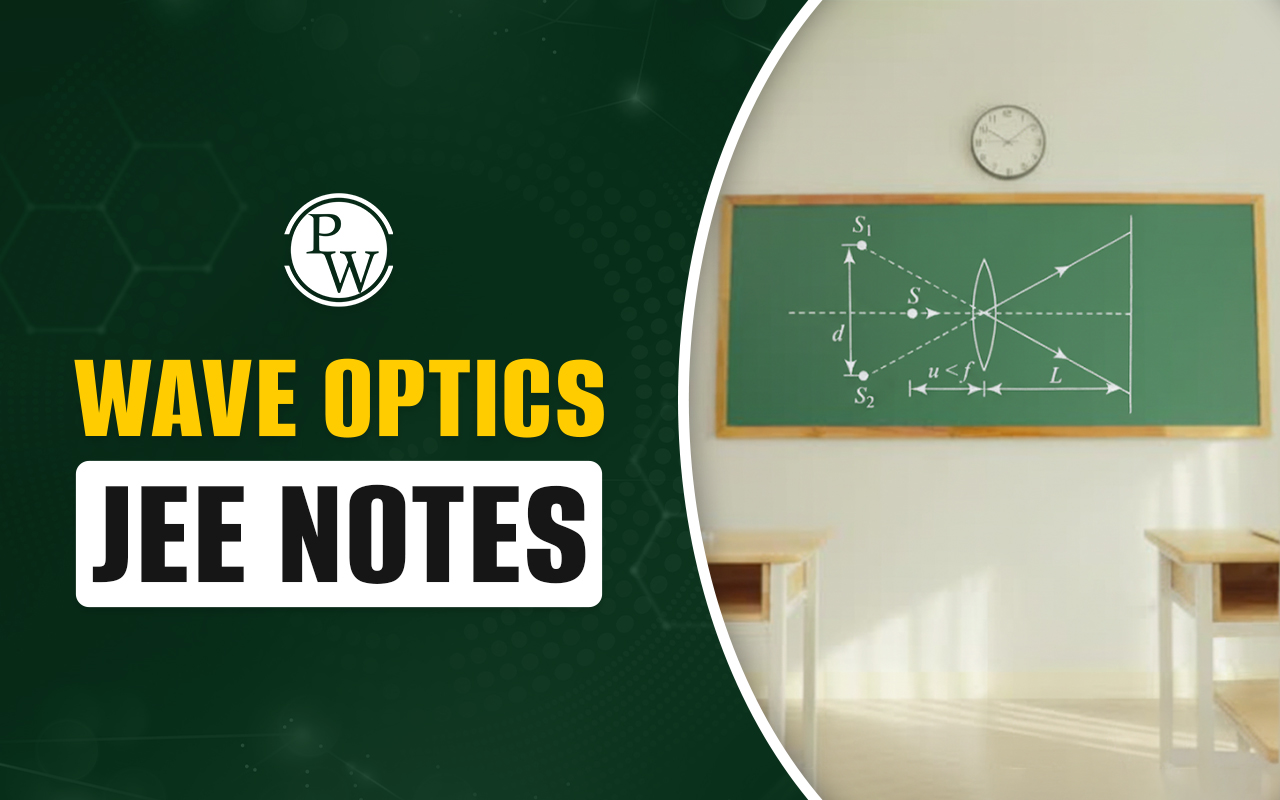

Electrochemistry JEE Notes: Electrochemistry is an important chapter in physical chemistry. It focuses on the relationship between electrical energy and chemical change. For JEE preparation, understanding this topic step by step makes learning easier. Electrochemistry JEE Notes help students build clear concepts through structured content, formulas, and solved questions.
These Electrochemistry JEE Notes are designed to support students preparing for JEE Main and Advanced. They cover essential formulas, simple explanations, and practical examples to strengthen problem-solving skills. By studying these Electrochemistry JEE Notes, students can revise quickly and apply concepts effectively during exams.
Electrochemistry JEE Notes Overview
Electrochemistry deals with chemical reactions that involve electron transfer. These reactions happen in electrochemical cells. Below, we’ve mentioned the key topics included in Electrochemistry JEE Notes:
| Electrochemistry JEE Notes Overview | |
| Topic | Description |
| Galvanic Cells | These cells generate electrical energy from chemical reactions. |
| Electrolytic Cells | These use electrical energy to carry out chemical changes. |
| Nernst Equation | It explains how the cell potential changes with concentration. |
| Conductance | It shows how well a solution can conduct electricity. |
| Electrolysis | It involves the deposition of substances on electrodes during electrochemical reactions. |
| Solubility Product & Ionic Mobility | These help in solving problems related to weak electrolytes and ionic movement. |
Electrochemistry JEE Notes
Electrochemistry JEE Notes, Galvanic cells are represented in a standard cell notation. The cell potential is calculated by subtracting the anode potential from the cathode potential. The Nernst equation plays a key role:
This equation shows how the electrode potential depends on the concentration of ions. Students should understand oxidation and reduction half-reactions, as they are commonly asked in Electrochemistry important questions JEE.
Electrochemistry JEE notes also explain conductance and its types. Specific conductance, molar conductance, and equivalent conductance are explained with formulas. The variation of conductance with concentration is important for strong and weak electrolytes. Faraday’s laws of electrolysis are included in JEE main notes for Electrochemistry to build conceptual clarity. For More information, we’ve attached the Electrochemistry JEE Notes below.
Electrochemistry Formula JEE
Below is a list of essential Electrochemistry formulas JEE that students must revise regularly:
| Electrochemistry Formula JEE | ||
| Concept | Formula | Explanation |
| Cell EMF | Determines the potential of the cell | |
| Nernst Equation | Calculates EMF under non-standard conditions | |
| Ohm’s Law | Relation between voltage, current, and resistance | |
| Specific Conductance | Reciprocal of specific resistance | |
| Molar Conductance | Conductance of all ions produced by 1 mole of electrolyte | |
| Faraday’s 1st Law | Mass deposited depends on current and time | |
| Degree of Dissociation | For weak electrolytes | |
Electrochemistry Important Question
Based on Electrochemistry JEE Notes, students should focus on the following important Electrochemistry questions JEE during preparation:
| Electrochemistry Important Question | |||
| S. No. | Topic | Question Type | Focus Area |
| 1 | Galvanic Cell | Concept-based | Identify the anode, the cathode, and calculate the EMF |
| 2 | Nernst Equation | Numerical | Calculate cell potential for different concentrations |
| 3 | Faraday’s Laws | Numerical | Mass deposited during electrolysis |
| 4 | Conductance | Concept & Numerical | Calculate specific and molar conductance |
| 5 | Solubility Product | Application | Use conductance data to find the solubility of salts |
Electrochemistry Solved Examples JEE
To strengthen understanding, the Electrochemistry solved examples JEE cover all major concepts:
Example:
Calculate the EMF of a Zn–Cu cell at 25°C if the concentration of Zn²⁺ is 0.1 M and Cu²⁺ is 1 M. Standard EMF = 1.10 V.
Solution:
This example shows how to use the Nernst equation step by step. More Electrochemistry solved examples JEE cover conductance calculations, Faraday’s laws, and solubility problems.
Electrochemistry JEE Notes give students a clear and organised way to study this important chapter. By learning basic concepts, revising Electrochemistry formulas JEE, solving Electrochemistry important questions JEE, and practising Electrochemistry solved examples JEE, students can prepare confidently for JEE.
The structured Electrochemistry JEE Notes make revision simple and effective, ensuring that no key topic is missed during preparation.
Electrochemistry JEE Notes FAQs
What is the Nernst equation in electrochemical cells?
How do Faraday's laws of electrolysis work?
Why is conductivity important in electrochemistry?
How does the electrochemical series help?
What are common industrial applications of electrolysis?



